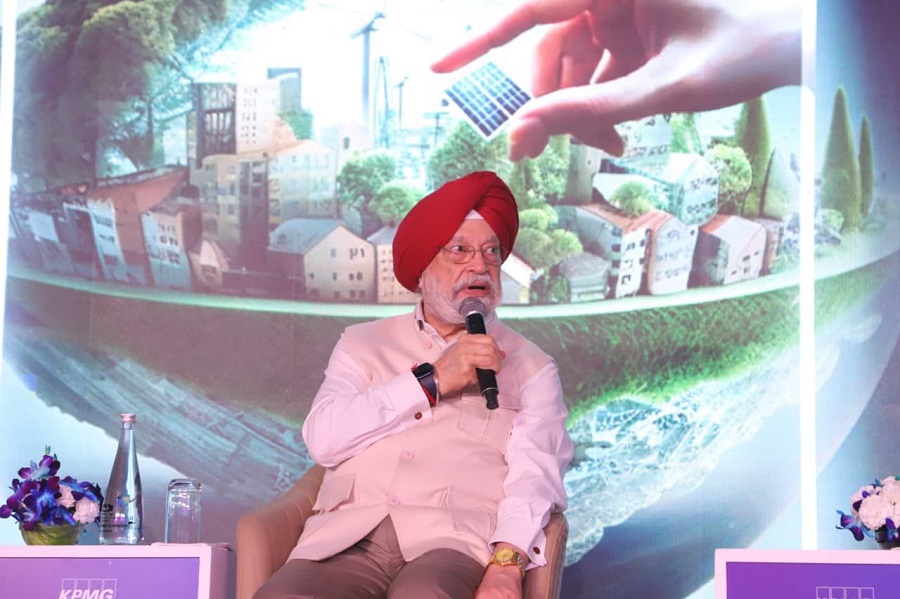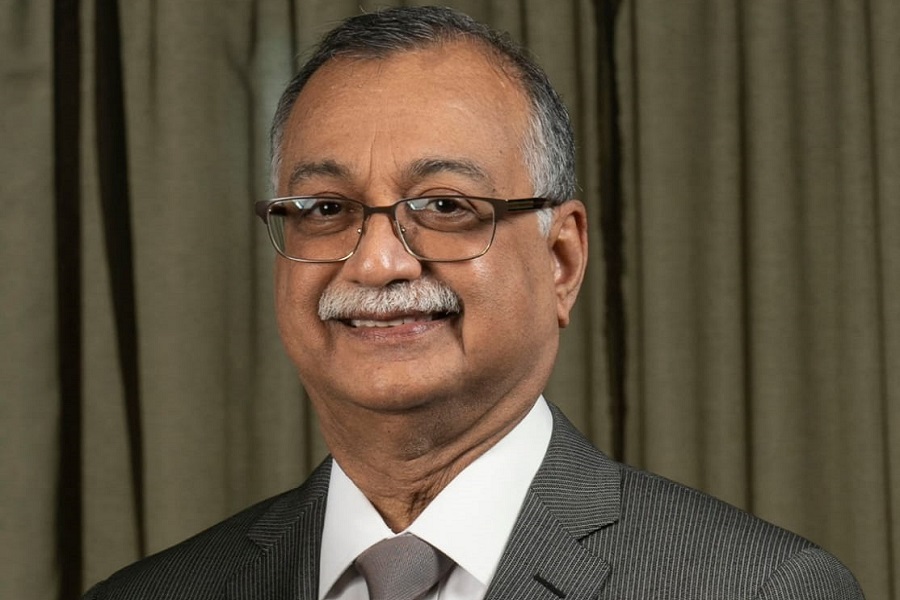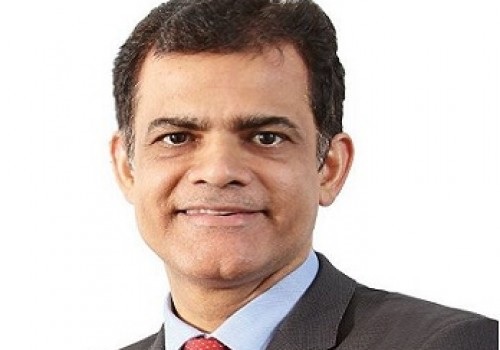Industry Outlook: 2023 Powering The Future - India`s Power Sector Outlook By Dr. Manoranjan Sharma, Infomerics Ratings

Introduction
India's strategy for expanding its power sector is in line with the international call for transitioning to environmentally friendly energy production. Accordingly, India is resolutely devoted to decreasing the ratio of emissions to its Gross Domestic Product (GDP) by 45 per cent by 2030,
using 2005 as a baseline, and attaining approximately 50 per cent of its total electric power capacity from renewable energy sources by 20301 . India stands 4th globally in renewable energy installed capacity (including large hydro), 4th in wind power capacity and 4th in solar power capacity (as per the REN21 Renewables 2022 Global Status Report). Between 2005 and 2022, per capita electricity consumption doubled from 631 units to 1255 units in India, making it the third largest electricity market in the world. 2 India is the only country among the G20 nations that is on track to achieve the targets under the Paris Agreement. The Paris Agreement came into effect on November 4, 2016, after its minimum threshold was met – 55 countries representing at least 55 per cent of global emissions. This Agreement focused on containing global temperature increases well below 2°C – and if possible 1.5°C – compared with pre-industrial levels. The country has set an enhanced target at the COP26 of 500 GW of non-fossil fuel-based energy by 2030. This has been a key pledge under the Panchamrit. This is the world's largest expansion plan in renewable energy landscape.
Global Energy Sector Outlook
The global energy sector is still going through a challenging phase. Despite the devastating disruptions caused by the Covid-19 pandemic, the global energy sector recovered well from the slump, and the response to the global energy crisis provided a significant boost to clean energy investment landscape. However, the Russia-Ukraine war exacerbated the global energy crisis, causing volatility in the global fossil fuel market. Amid the rising fossil fuel cost burden, the impact is factoring in several aspects directly and indirectly. This has taken a long toll on the oil and gas supply, resulting in an increase in global household expenditure of between 2.7 per cent and 4.8 per cent.3
In the year 2023, global energy investment is estimated to be around US$ 2.8 trillion, out of which more than US$ 1.7 trillion is dedicated to clean energy, including renewable power, nuclear energy, grids, storage, low-emission fuels, efficiency improvements, and end-use renewables and electrification.
Total Installed Capacity (as on June 30, 2023)
While India’s electricity demand rose at a fast clip, going forward, electricity demand is likely to rise at even a faster pace to meet the compelling demands of development and to bring about a discernible improvement in the standard of living of the people. Accordingly, a more of the same approach or business as usual approach is grossly inadequate to facilitate the transformative process of the Indian economy and necessitate massive addition to the installed generating capacity
Sector wise
The sectoral distribution of the total installed generation capacity in India's power sector is divided as follows: the Central Sector holds 24 per cent, the State Sector holds 25 per cent, and the Private Sector holds the largest share at 51 per cent. The sectoral breakdown signifies the substantial presence of private entities in power generation, along with contributions from both central and state government sectors, reflecting a diverse landscape in India's power generation infrastructure (see Chart 1).
Chart 1: Sector-wise total installed Generation Capacity

Above views are of the author and not of the website kindly read disclaimer






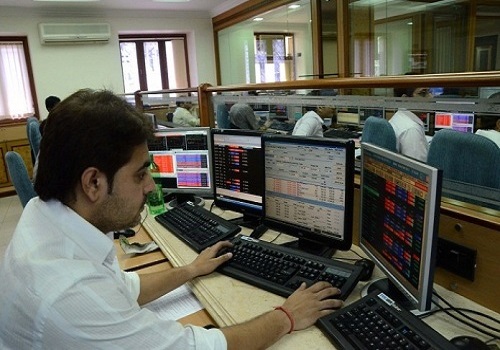



Tag News
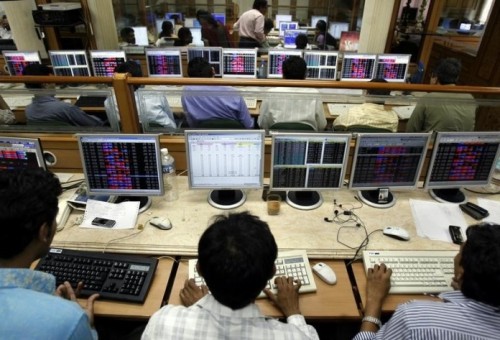
Quote on Daily Market Commentary October 6th 2025 by Siddhartha Khemka - Head of Research, W...








